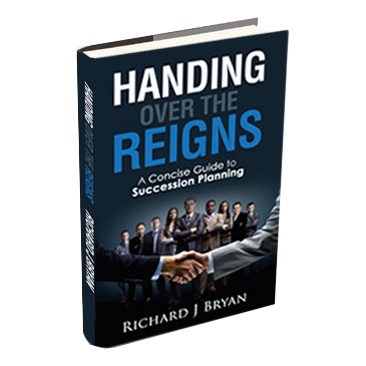Thank you!
7 Steps for Hiring “A-Players” for your Organization
One of the most challenging aspects of running a great business is figuring out how to hire the right people. What do you look for when hiring? Are there signs a candidate might not be a good fit? Your chances of finding A-Players for your organization increase dramatically if you use the following 7 Step Hiring Process.

1. Look for people with TRANSFERABLE SKILLS and a GREAT ATTITUDE
Don’t just hire someone from another similar organization. This is a quick fix but chances are if the individual were any good, they would stay where they are and continue to build their career. The danger is that these people also join you with all sorts of preconceived ideas about how your business should operate. Worse, they may have an attitude of entitlement in terms of what percentage commission they should be paid, how many days off they should get, etc.
Instead, look for people with transferable selling skills (e.g. solid communication, friendly attitude). These individuals are seeking a good career opportunity and are keen to be trained in the way you want them to operate. If you combine this with someone who has a great attitude towards work and looks after your customers, you are on the right track.
2. Host a Telephone Screening Interview to SAVE TIME & MONEY
Once you have a promising candidate who has completed an application form with details of their career to date, have a short telephone interview. The goal is to identify if this candidate is worth interviewing face-to-face. It can save you a lot of time by eliminating candidates who are not suitable for a sales position.
Ask questions such as:
- What are your career goals? Where do you see yourself in 5-10 years?
- What are your strengths/weaknesses regarding your job?
- Who was your last boss and how would he/she rate you on a scale of 1-10?
- What words would your colleagues use to describe you?
3. Conduct the First In-Person Interview with a THIRD PARTY
Once you have identified a promising candidate who has the skills and attitude you are looking for, invite the individual in for a face-to-face interview. Conduct the interview with a colleague and have them facilitate the questions so that you can focus on listening to answers and watching the body language of the candidate.
Ask questions such as:
- What were you hired to do in your current job?
- What achievements are you most proud of?
- What are some low points in your current job?
- Who are some of the people you work with now?
- What will your boss, colleagues and team mates say about you?
- What keeps you at your current job?
4. Personality profile or DISC
If you have a candidate who performed well at the interview, ask them to do an online personality profile. My favorite is the DISC profile which is cost effective and amazingly accurate. It will provide insight into how this person will behave on the job.
For example, if you are looking to hire for a sales position, you need someone who has very high influence. The “I” quadrant should be the individuals highest score. The candidate should also have a reasonably high Dominance score and low Steadiness score. This is called the “Persuader Pattern” and is ideal for a sales person. DISC will even generate questions to ask should you decide to do a second round of interviews.
5. Conduct the Second Interview with a MANAGER
At this point in the process you should be fairly sure you have a candidate who has the skills to do the job, however, you want to make sure the individual will be a good fit overall. Conduct a second interview with the Manager who will be the candidate’s boss and use the DISC profile results to ask questions that ensure the candidate will be a good fit.
Ask questions such as:
- Would you describe yourself as an optimist? Give us an example why you answered yes/no.
- Your profile suggests that you become indecisive under pressure. Do you agree with this observation? How would you cope with this if you get the job as part of our sales team?
- How do you handle structure, systems and processes? Do you think you would fit in well to the sales process we operate?
- Would you describe yourself as a team player? Give us an example.
Do you agree with the statement “The customer is always right?”
6. Ask for REFERENCES
This is a vital and often overlooked step in the recruitment process. References from current and former colleagues and employers can reveal a third party’s perspective on the candidate’s work ethic, attitude, and overall approach to work. Ideally, you should speak to references over the phone in order to gauge not just what is said but also the tone of voice used when discussing the candidate.
Ask questions such as:
- In what context did you work with the candidate?
- What were his/her biggest strengths?
- What were his/her biggest areas for improvement?
- How would you rate his/her overall performance on a scale of 1-10?
- The candidate mentioned he/she struggled with ___________ on the job. Can you tell me any more about this?
What is the reason he/she is leaving?
7. Make the JOB OFFER
After all these steps, it’s time to make the job offer. This should be done in person if possible and followed up with a written offer.
Include a three month trial period during which training will be given and initial performance measured. Chances of the candidate being successful increase dramatically if you can buddy them up with a more experienced member of the organization to act as a mentor. There should be some sort of incentive for this person to help the new employee get through the first few months, which can be the most challenging as they adapt to a new environment.

